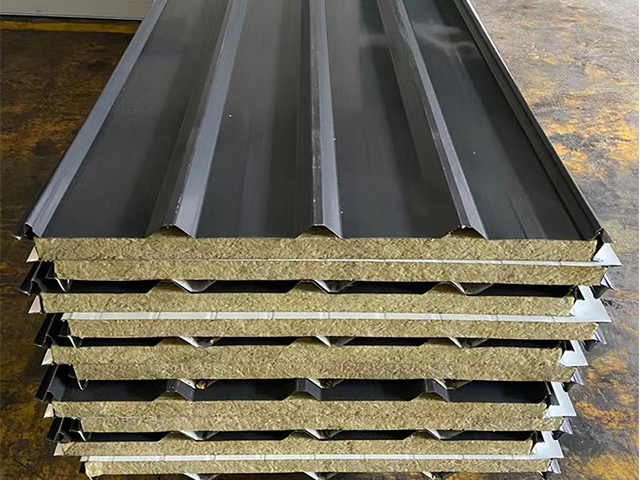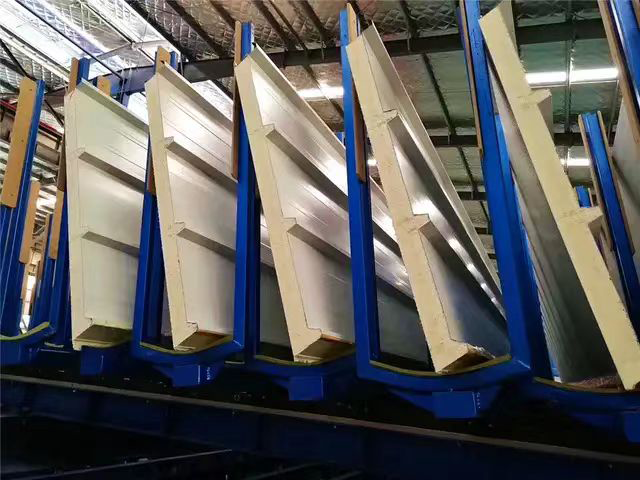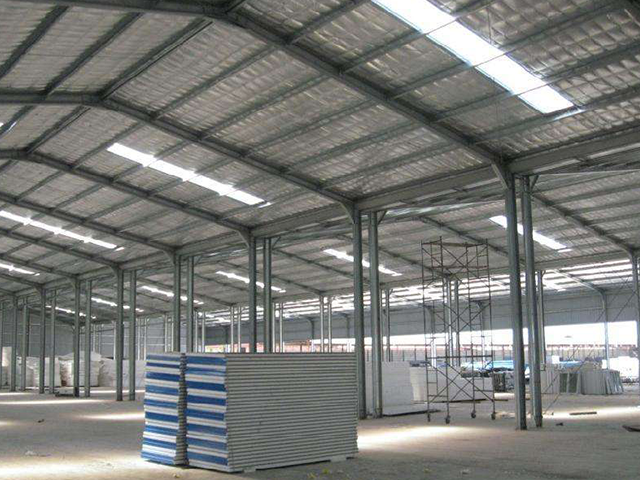Steel structures stand out for their innovation, endurance, and eco-friendliness in modern architectural construction. Innovation in building steel structures and their application have advanced leaps and bounds with the amount of creativity and efficiency steel offers nowadays. This blog focuses on latest trends in steel structures, their potential, flexibility, and unique applications.
Designed steel structures have the best strength to weight ratio compared to other available materials. Unlike other materials, steel is light while being very sturdy at the same time which allows for the construction of skyscrapers and other complex architectural designs. Because of this characteristic, steel allows to construct buildings at much greater heights while changing their shapes into previously unimaginable ones. The Burj Khalifa in Dubai is a perfect example of how steel usage in its design allows it bear insane heights while being so slender and maintaining structural strength.
Furthermore, the durability of steel structures is particularly strong and they can withstand various environmental factors. Steel, unlike wood, does not warp, crack, or decay when it is moist or exposed to temperature changes. Because of this, steel is a versatile material that can be used for construction in various regions while reducing maintenance costs. Additionally, steel is fire resistant; hence it is more commonly used as a construction material in urban towns where fire hazards are prevalent.
Steel, being versatile, can also be aesthetically appealing. Besides using steel as a primary structure, architects can use it as a design element. Exposed steel beams and columns can be incorporated into the structure which can create a modern industrial look that is appealing and functional. London’s Tate Modern is an example of a project that incorporates steel into their architectural narrative which helps improve the experience of the people in the space.
In the scope of modern architecture, the adoption of steel structures has been accelerated by the growing need for sustainability practices. Environmentally friendly construction practices are easier to achieve with steel structures since steel is fully recyclable. Sustainability practices are made easier with steel because it can be repurposed and recycled. Moreover, newer methods of producing steel consume less energy and emit less waste which is good for the environment. Builders and designers are more focused on using eco-friendly materials, and steel easily supports that.
Looking to the future, steel construction applications’ trends are shifting. There is increase in use of smart technologies in the steel buildings which improves energy consumption and comfort for the occupants. Active maintenance and optimization is possible through smart sensors that keep track of the energy, structure, and environment. Moreover, steel components that are made in advance and assembled on-site within a short period of time are becoming more popular, which is known as modular construction. This technique helps reduce construction time and waste, which improves eco-friendliness, while the faster assembly saves time.
To summarize, the modern architecture integrates steel structures in a way that is creative and shifts the paradigm for construction. It's clear that steel is a staple of modern design with its strength, elegance, sustainability, and aesthetic adaptability. As technology evolves, the possibilities for steel structures will increase, giving rise to new and innovative architectural designs needed for a fast-paced world.






